Bouncing into Action: The Fascinating World of Competitive Rabbit Hopping
Introduction
Competitive rabbit hopping, often simply referred to as rabbit hopping or binky competition, is not only an unconventional sport but also an endearing manifestation of the bond between rabbits and their human caretakers. It challenges the conventional notions of animal sports, emphasizing skill, agility, and the deep connection humans can forge with their animal companions. This article delves into the history, techniques, training methods, and the community surrounding competitive rabbit hopping, offering a comprehensive view of this engaging pastime.
The History of Rabbit Hopping
Origins
The origins of rabbit hopping can be traced back to Sweden in the late 1970s, where the concept of training domestic rabbits to jump over hurdles was first popularized. Initially a fun activity among pet owners, it quickly evolved into a competitive sport that has since spread to various countries, notably across Europe and North America. Sweden’s “Kaninhoppning” association played a pivotal role in formalizing the sport, setting rules and organizing competitions, which laid down the framework for the current international landscape of rabbit hopping competitions.
Growth and Popularity
As the sport gained popularity, several organizations were established to promote it. The Rabbit Hopping Association in Sweden became a cornerstone for training standards and competition rules, while similar groups formed globally. These associations facilitated events ranging from local competitions to international championships, where rabbits can showcase their jumping skills amidst cheers from enthusiastic fans and fellow rabbit enthusiasts.
Understanding Rabbit Hopping
The Basics of Rabbit Hopping
At its core, rabbit hopping involves training rabbits to jump over a series of obstacles or hurdles. These hurdles can vary greatly in height and design to accommodate different skill levels and rabbit sizes. The fundamental objectives of the sport include navigating a jumping course without knocking down any obstacles and completing the course in the shortest time possible.
Equipment
-
Hurdles: Typically made of lightweight materials, hurdles are adjustable to different heights. They can come in different shapes and colors to make competitions visually appealing.
-
Training Equipment: Various training aids, such as tunnels and platforms, assist in acclimating rabbits to jumping and navigating courses.
-
Leashes and Harnesses: For training purposes, rabbits are usually trained on a harness with a leash to help guide them and to ensure their safety.
The Differences in Disciplines
Like many sports, rabbit hopping has several disciplines:
-
Individual Jumping: A single rabbit jumps over a set course, and its time and accuracy dictate its score.
-
Team Jumping: This format involves two or more rabbits jumping in tandem, promoting teamwork between the rabbits and their handlers.
-
Agility Trials: These trials incorporate various obstacles, such as tunnels and ramps. Rabbits navigate not only through jumps but also around obstacles, adding an extra layer of challenge and excitement.
Training Techniques
The Training Process
Training a rabbit for hopping can be a deeply rewarding experience for both the pet and its owner. It requires patience, commitment, and an understanding of rabbit behavior. The training process typically involves several stages:
-
Building Trust: Before any training can begin, establishing a strong bond with the rabbit is crucial. This can be achieved through regular handling, feeding, and spending quality time together.
-
Basic Commands: Rabbits can learn simple commands such as “jump,” “come,” and “stay.” Positive reinforcement through treats and praise is key to successful command training.
-
Introducing Hurdles: Gradually introducing hurdles encourages rabbits to jump. Start with low obstacles and slowly increase the height as the rabbit becomes more comfortable.
-
Practice Runs: Regular practice runs help build the rabbit’s confidence and ability to perform under pressure. Owners are encouraged to create a diverse training routine to keep the rabbit engaged.
Health and Nutrition
Proper nutrition and health care are crucial components of training. A balanced diet rich in hay, vegetables, and pellets fuels a rabbit’s energy levels. Regular veterinary check-ups help prevent health issues that could inhibit a rabbit’s performance.
Special Considerations
Not all rabbits are suited for hopping. Certain breeds, such as the Holland Lop or Mini Rex, are more agile and better able to participate in competitive hopping. Owners should assess their rabbit’s physicality and personality before embarking on a training journey.
The Community and Culture Around Rabbit Hopping
Local Competitions and Events
Communities dedicated to rabbit hopping have sprung up around the world, fostering camaraderie among rabbit enthusiasts. Local competitions often take place in parks, community centers, and even online. These events serve as platforms for sharing best practices, training tips, and showcasing bunnies’ talents. Many competitions are family-friendly, with activities like rabbit-themed games, information booths, and social gatherings.
Social Media and Online Communities
The rise of social media has significantly contributed to the growth of rabbit hopping. Platforms like Instagram, Facebook, and TikTok have enabled owners to share their rabbits’ incredible feats with a larger audience. Viral videos of rabbits gracefully soaring over jumping hurdles have captivated viewers worldwide, drawing more individuals into the sport and fostering an online community that celebrates these furry athletes.
Advocacy and Education
Beyond competition, the rabbit hopping community places a strong emphasis on education and advocacy for responsible rabbit ownership. Workshops, seminars, and online resources are commonly available to help educate new owners about proper care, training techniques, and the importance of understanding rabbit behavior. Creating awareness around the aspects of pet ownership not only benefits the rabbits but also helps to dispel myths and misconceptions associated with rabbit care.
The Psychological Benefits of Rabbit Hopping
Building Bonds
Engaging in rabbit hopping can significantly strengthen the bond between a rabbit and its owner. The shared experience of training, competing, and celebrating achievements reinforces mutual trust and affection.
Stress Relief and Mental Stimulation
Participating in rabbit hopping can also provide mental and physical stimulation for both the rabbit and its owner. The challenges presented during training and competition encourage problem-solving and critical thinking, benefiting both parties. Additionally, watching a rabbit excel at hopping can elicit feelings of joy and relaxation, serving as a stress-reliever.
The Therapeutic Aspects of Rabbit Hopping
Rabbits are known for their calming presence, and engaging with them through hopping fosters a nurturing relationship, promoting emotional well-being. Studies illustrate that interacting with pets can positively influence mood, reduce anxiety levels, and increase overall happiness—a sentiment echoed by many rabbit owners involved in the sport.
Conclusion
Competitive rabbit hopping presents a unique intersection of sport, art, and the joyful companionship of rabbits. It showcases not only the physical prowess of these adorable creatures but also the indomitable spirit of their human partners who dedicate themselves to this captivating pastime. As the sport continues to grow and evolve, it will undoubtedly continue to be a source of joy and community for both rabbit enthusiasts and their beloved companions.
Modern Footnotes
-
Rabbit Hopping Association. “History of Rabbit Hopping.” Accessed October 3, 2023. rabbit-hopping-history.org.
-
Smith, Jenna. The Bond Between Pets and Humans: A Study on Rabbit Hopping and Its Benefits. Animal Behavior Studies, 2021.
-
Johnson, Laura. “Training Techniques for Competitive Rabbit Hopping: A Comprehensive Guide.” Rabbit Owners Digest, April 2022.
-
Harris, Michael. “The Rise of Rabbit Hopping Competitions.” Pet Sports Quarterly, February 2023.
-
Taylor, Sarah. “Nutrition for Performance: Feeding Your Competitive Rabbit.” Veterinary Care Journal, January 2023.
-
National Rabbit Council. “Rabbit Hopping: Safety, Training, and Community.” Accessed October 5, 2023. nrc.org.
-
Miller, Tom. The Social Media Influence on Pet Sports. Animal Culture and Society, Volume 17, 2022.

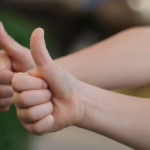

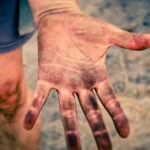










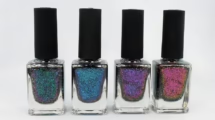
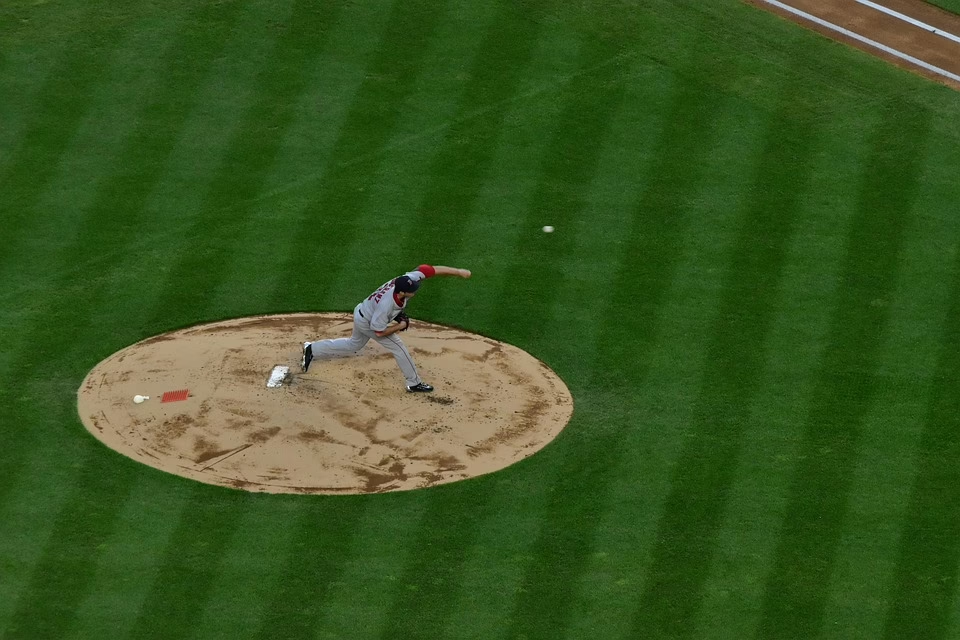


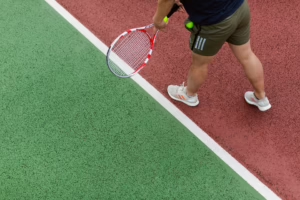


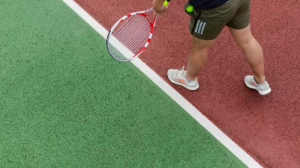




Add Comment